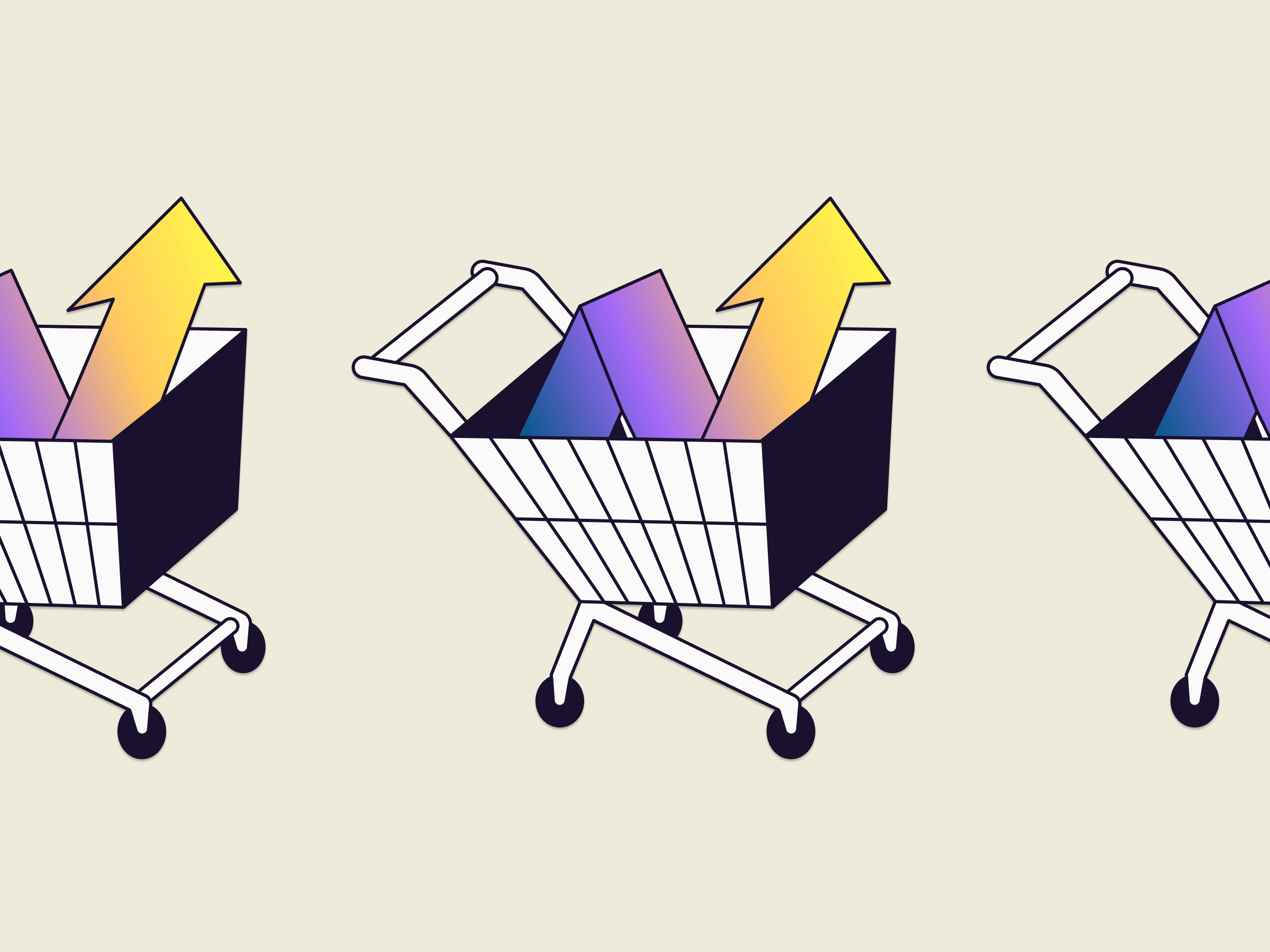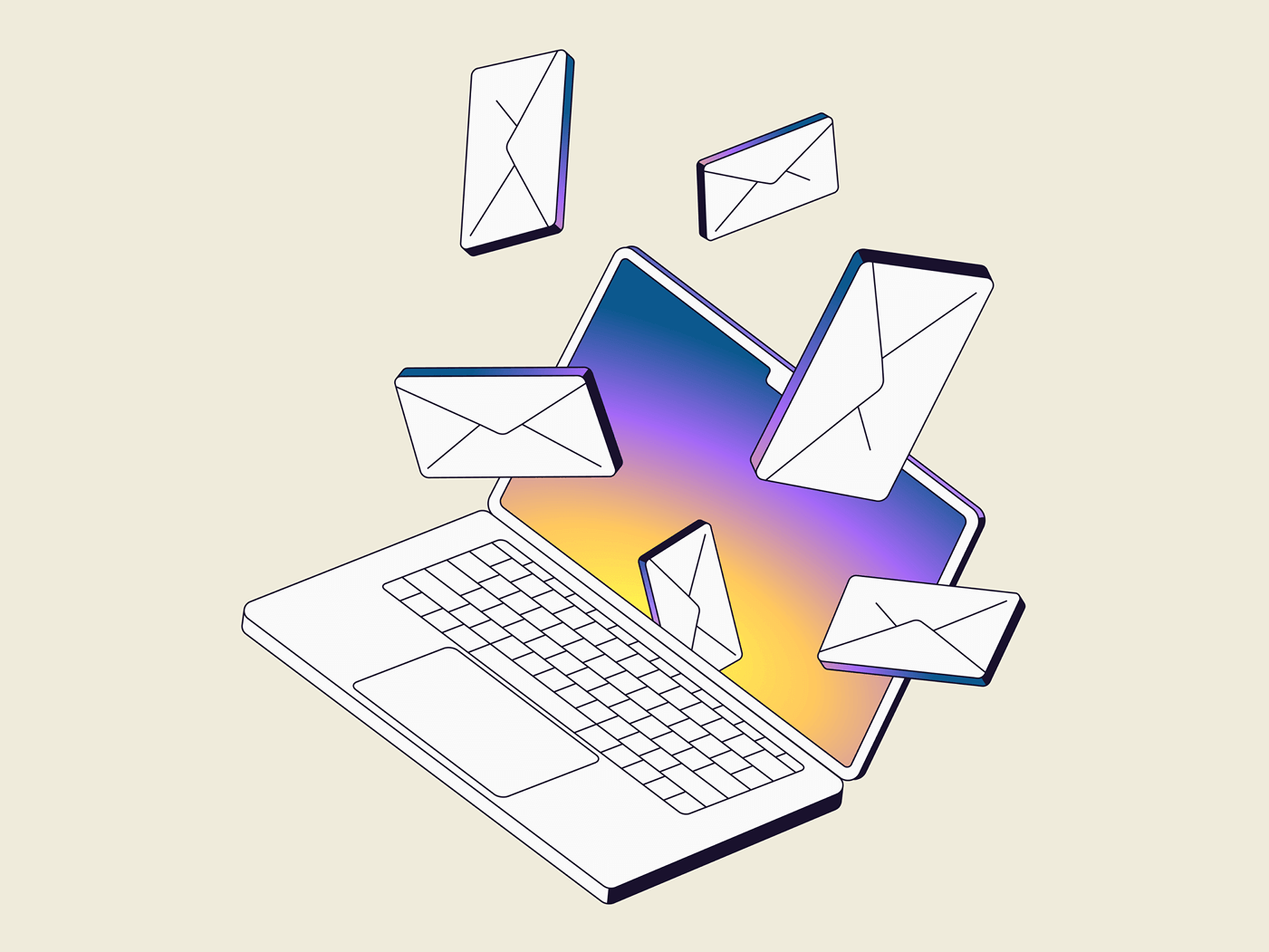Inboxes are more crowded than ever—and smarter than ever.
In 2025, it’s not enough to just “show up” in someone’s inbox. Your message has to earn its place.
AI is reshaping how we write, test, and personalize emails. Privacy rules keep tightening. Customers want more relevance, less noise, and they’re not shy about unsubscribing. Meanwhile, the brands still running 2022 playbooks? They’re seeing shrinking engagement and rising churn.
So what are the real email marketing trends to watch this year? We’re cutting through the noise to highlight what actually matters—and how smart brands are using these shifts to grow.
Why 2025 Is a Pivotal Year for Email
The email marketing landscape has changed dramatically—again.
Apple’s Mail Privacy Protection is still making opens unreliable. Google and Yahoo’s new sender requirements are forcing marketers to rethink authentication and engagement. And AI is no longer optional—it’s part of how your competitors are testing faster, segmenting better, and scaling personalization.
But despite all the changes, email remains one of the few channels you own. That’s why it’s so valuable—and so worth getting right.
This year, the future of email marketing services is about more than design and frequency. It’s about context, intelligence, and building trust with every send.
The Top Email Trends That Matter in 2025
1. AI-Powered Personalization at Scale
We’re past the days of “Hi [First Name]!” being considered personalized.
Now, it’s about:
- Product recommendations based on future intent, not just past purchases
- Real-time dynamic content that adapts to browsing history, cart activity, and lifecycle stage
- AI for email marketing that enhances—not replaces—your strategic voice
✅ Stimulate POV: Use AI as your assistant, not your author. Smart brands are using AI to scale testing and targeting, not to write 100% of their content.
2. The Rise of Plain-Text + Storytelling Formats
Branded templates are getting outperformed by simpler, more human formats. Think:
- Founder-style plain-text emails with personality
- Story-driven emails that connect before they sell
✅ Stimulate POV: People are craving something real. Ditch the fluff, keep the tone grounded, and make every email feel like it came from a person—not a platform.
3. Data-Led Automation, Not Set-It-and-Forget-It
Flows still matter—but they can’t be static.
Brands seeing results are:
- Using RFM (recency, frequency, monetary) models to trigger automations
- Letting intent signals (like time since last click or drop in AOV) drive email logic
- Continuously testing and evolving automations post-launch
✅ Stimulate POV: If you haven’t updated your flows in 6+ months, they’re probably underperforming. Treat your automation like a living part of your brand, not a one-time build.
4. Deliverability-First Design
Gorgeous emails don’t matter if they don’t get seen. That’s why more brands are investing in:
- Accessibility-first design (dark mode optimization, alt text, screen reader support)
- Mobile-first layouts that load fast and scroll easy
- Lighter images and fewer code blocks to improve inbox placement
✅ Stimulate POV: Design is only successful when deliverability comes first. Keep it clean, fast, and intentional.
5. SMS + Email + Direct Mail = One Retention Ecosystem
Email isn’t a standalone channel anymore.
Winning brands are using:
- SMS marketing for urgency, reorders, and limited drops
- Email for education, storytelling, and deep segmentation
- Direct mail to surprise and delight VIPs or lapsed customers
✅ Stimulate POV: Your best flows use all three channels in sync. Think experience design, not just channel strategy.
6. Micro-Segmentation and Intent Signals
Mass campaigns are out. Micro-targeting is in.
In 2025, segmentation means:
- Splitting lists by purchase intent, not just demographics
- Using behavior like scroll depth, email click paths, and cart patterns to create segments
- Treating your top 10% of customers like the VIPs they are, with messaging to match
✅ Stimulate POV: Don’t talk to everyone the same. Talk to the right people the right way—especially your high-value customers.
Trends to Ignore in 2025
Not every “innovation” is worth chasing. Here’s what’s falling flat this year:
- AI-generated emails with zero human input
- Emoji overload in subject lines 🎉🔥✨ (it’s not 2018)
- Template-heavy emails that look beautiful but kill deliverability
- Sending for frequency’s sake—without strategy, context, or value
If it doesn’t serve the customer, it doesn’t belong in your email program.
Final Thoughts
Email is far from dead—it’s just smarter.
The brands seeing results in 2025 are the ones treating email like a conversation, not a campaign. They’re implementing innovative retention marketing strategies, using data wisely, testing constantly, and showing up with value. They’ve moved beyond templates and toward relevance.
So if you’re still wondering, “What are the latest trends in email marketing?”—they’re not gimmicks. They’re grounded in how people interact with email today.
The future of email marketing belongs to brands that know their customers, speak their language, and evolve their strategy in real time.
Oh—and if you're still wondering, what is dynamic email content? It’s content that shifts depending on who’s opening the email—whether that's based on purchase history, location, loyalty tier, or even the time of day. In 2025, it's no longer a nice-to-have—it's expected.
Want Help Navigating These Trends?
Not sure which of these shifts apply to your audience or how to implement them without overhauling your entire program?
At Stimulate, we specialize in smart, results-driven email marketing—built on strategy, not fluff.
👉 Get a free retention marketing audit of your flows + campaigns and walk away with a retention roadmap for 2025.

.webp)
.webp)
.webp)
.png)
.webp)
.webp)
.webp)
.webp)
.webp)
.webp)
.webp)
.webp)
.webp)
.webp)
.webp)
.webp)
.webp)
.webp)








